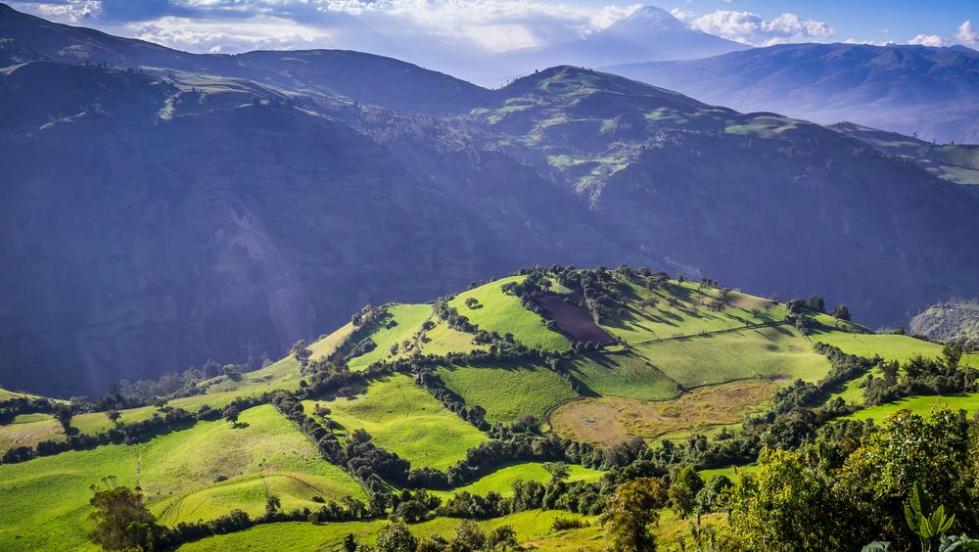About Ecuador
Ecuador is a country straddling the equator on South America’s west coast. Its diverse landscape encompasses Amazon jungle, Andean highlands and the wildlife-rich Galápagos Islands. In the Andean foothills at an elevation of 2,850m, Quito, the capital, is known for its largely intact Spanish colonial center, with decorated 16th- and 17th-century palaces and religious sites, like the ornate Compañía de Jesús Church. What is now Ecuador was home to a variety of Amerindian groups that were gradually incorporated into the Inca Empire during the 15th century. The territory was colonized by Spain during the 16th century, achieving independence in 1820 as part of Gran Colombia, from which it emerged as its own sovereign state in 1830. There is great variety in the climate, largely determined by altitude. It is mild year-round in the mountain valleys, with a humid subtropical climate in coastal areas and rainforest in lowlands. Ecuador is one of seventeen megadiverse countries in the world according to Conservation International, and it has the most biodiversity per square kilometer of any nation. Tourism which is an important part of the economy is mainly concentrate on ecology and nature, the Galápagos Islands alone attract 200,000 visitors per year.
